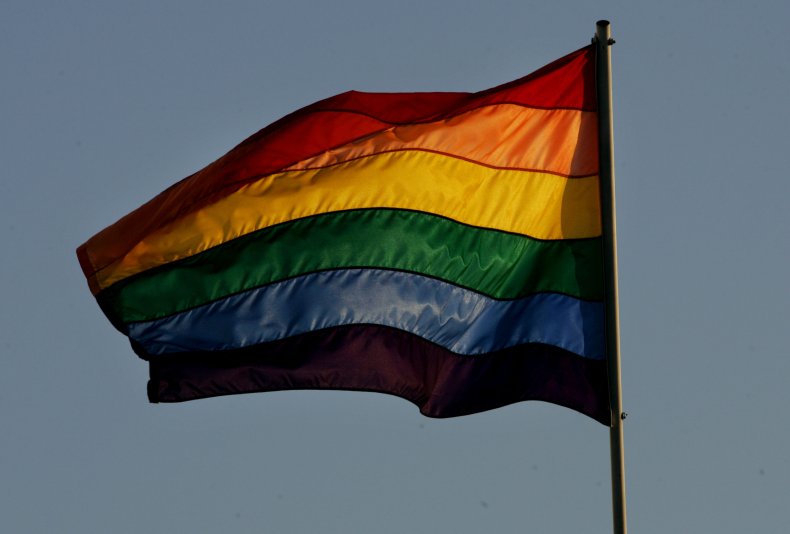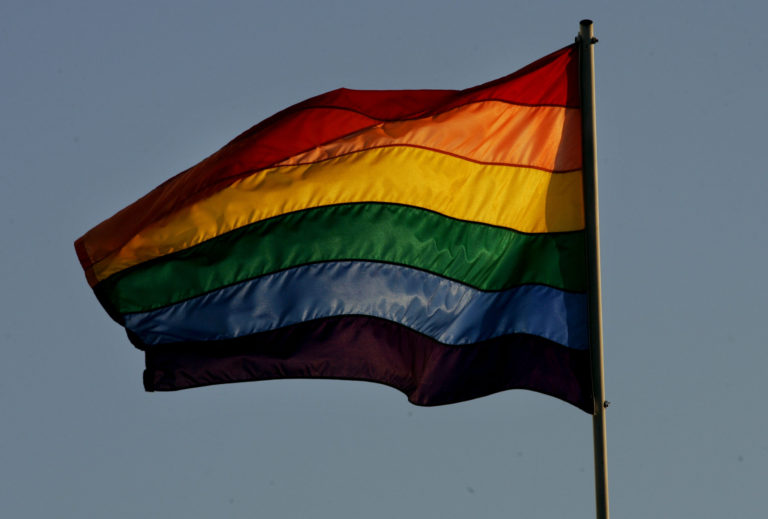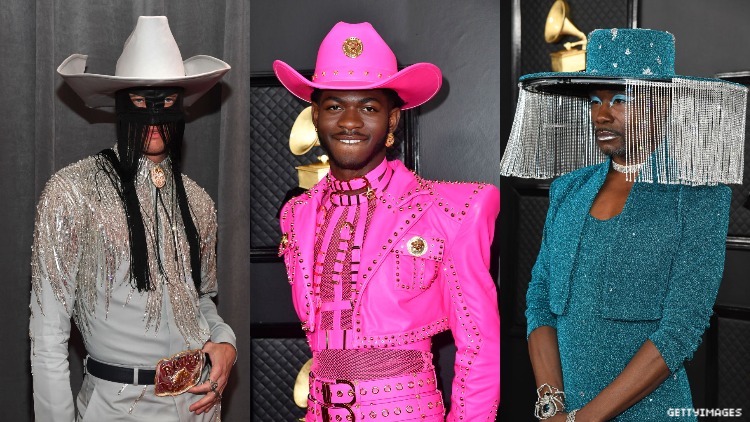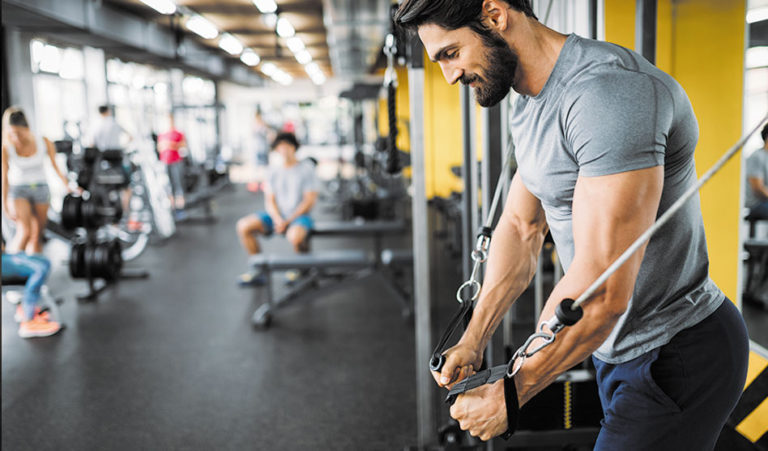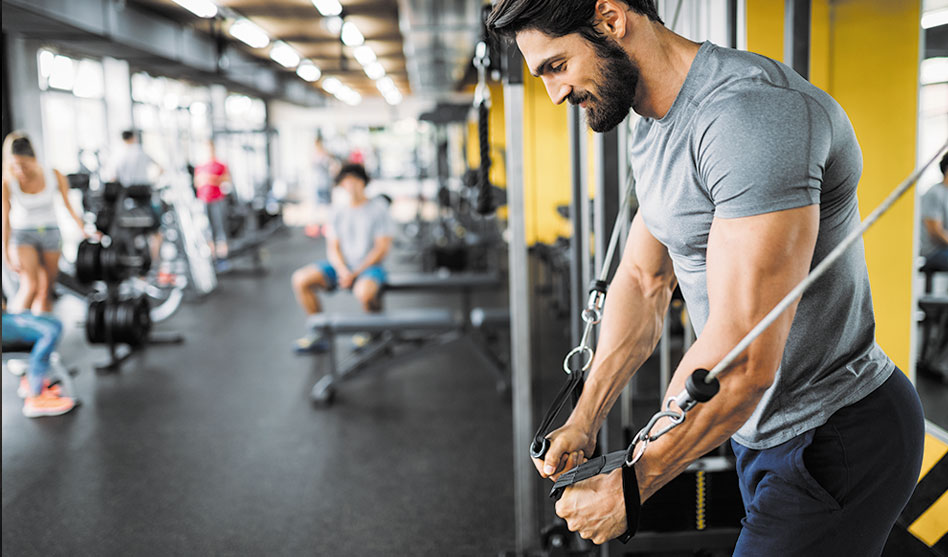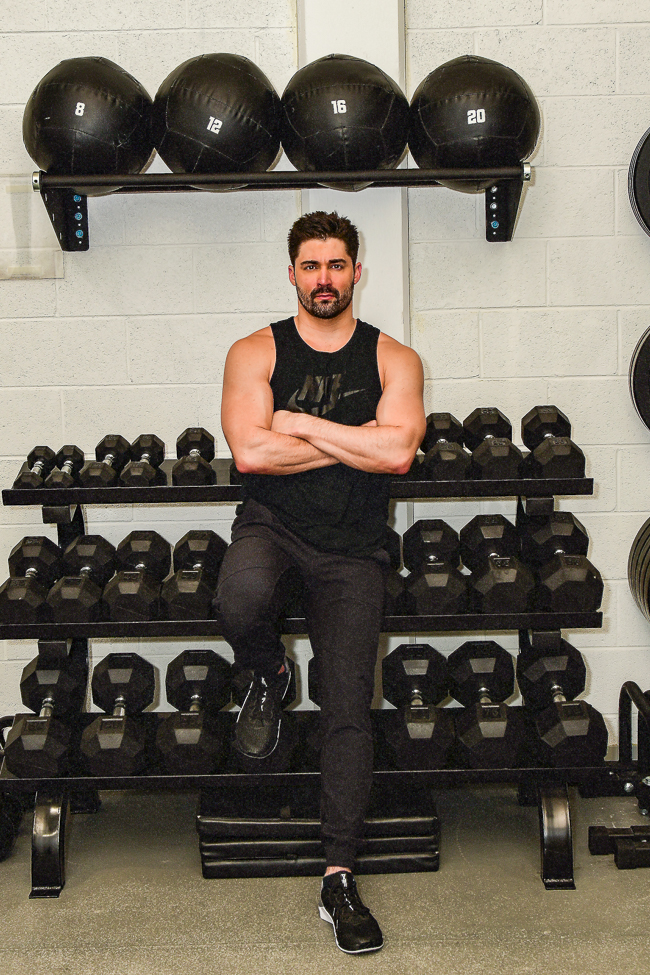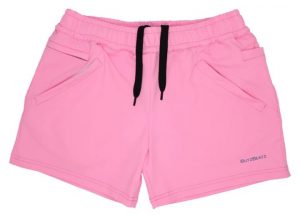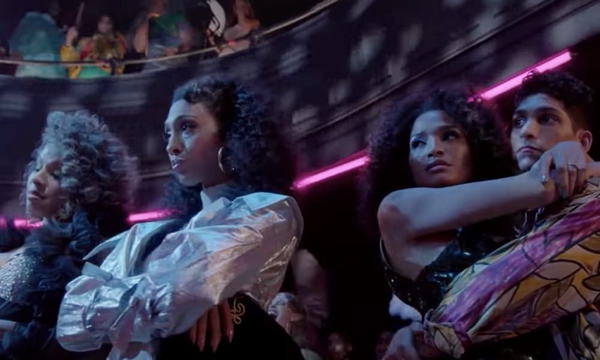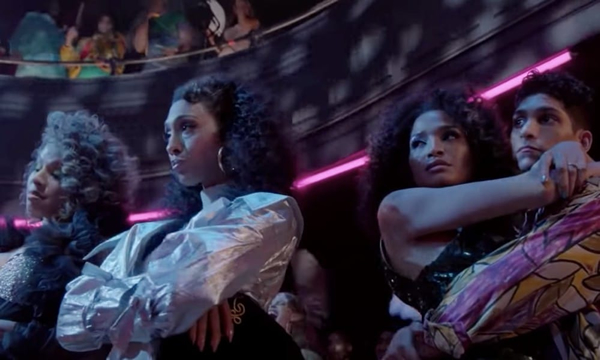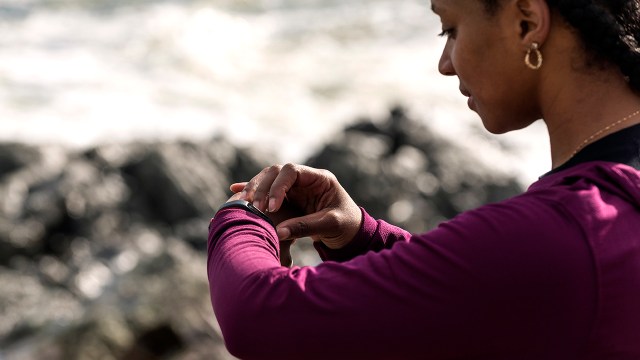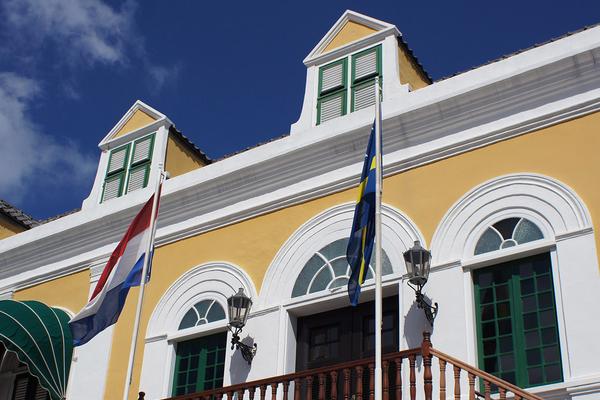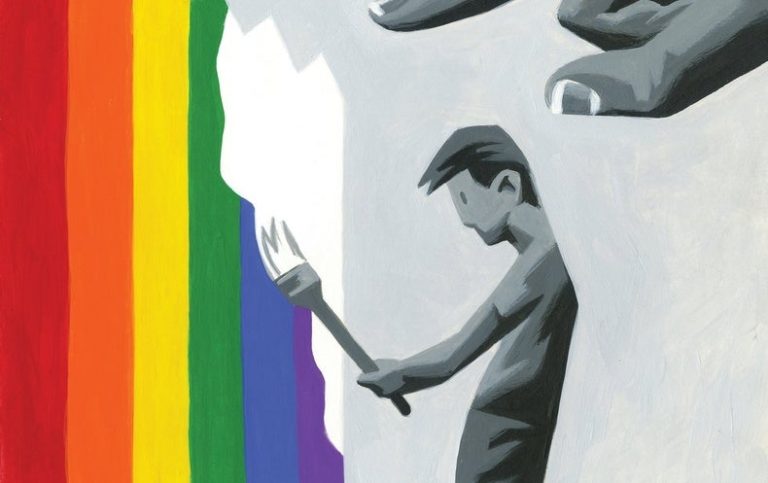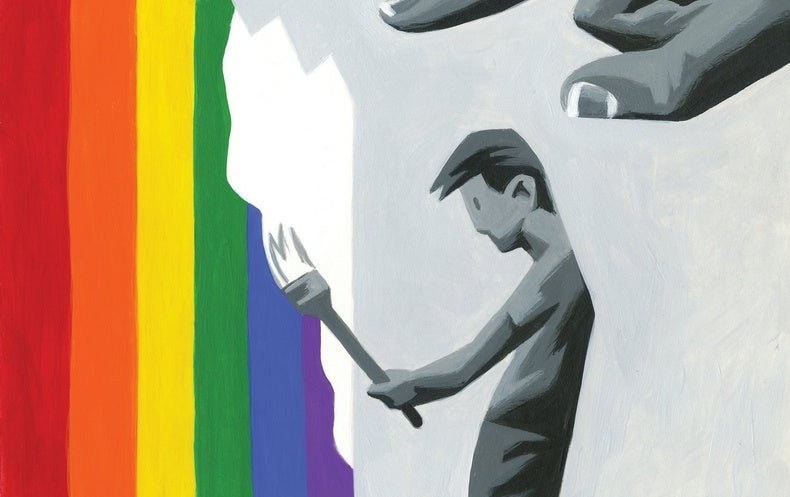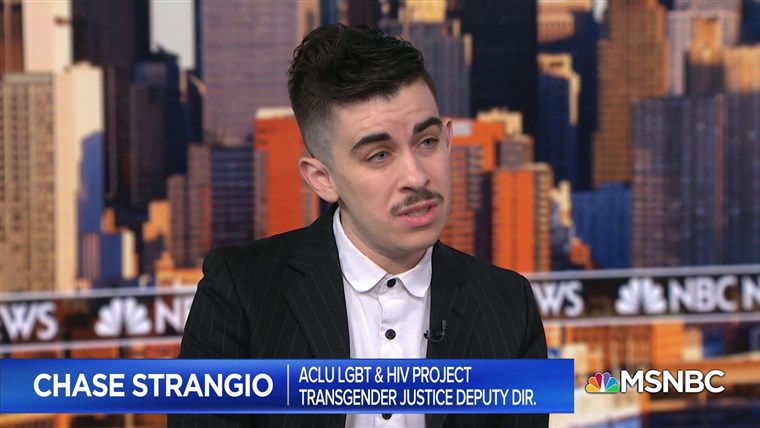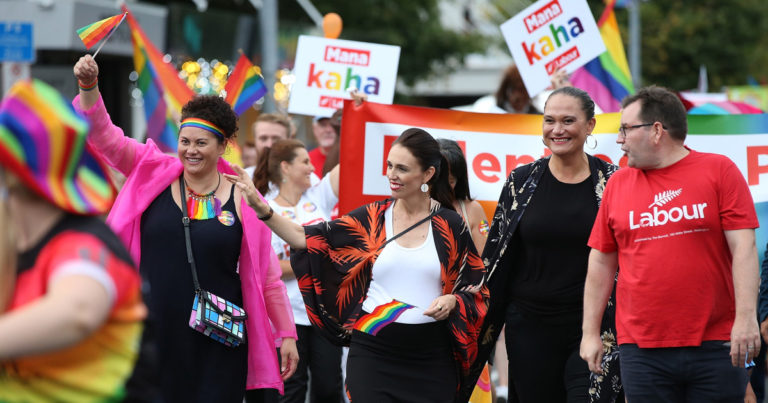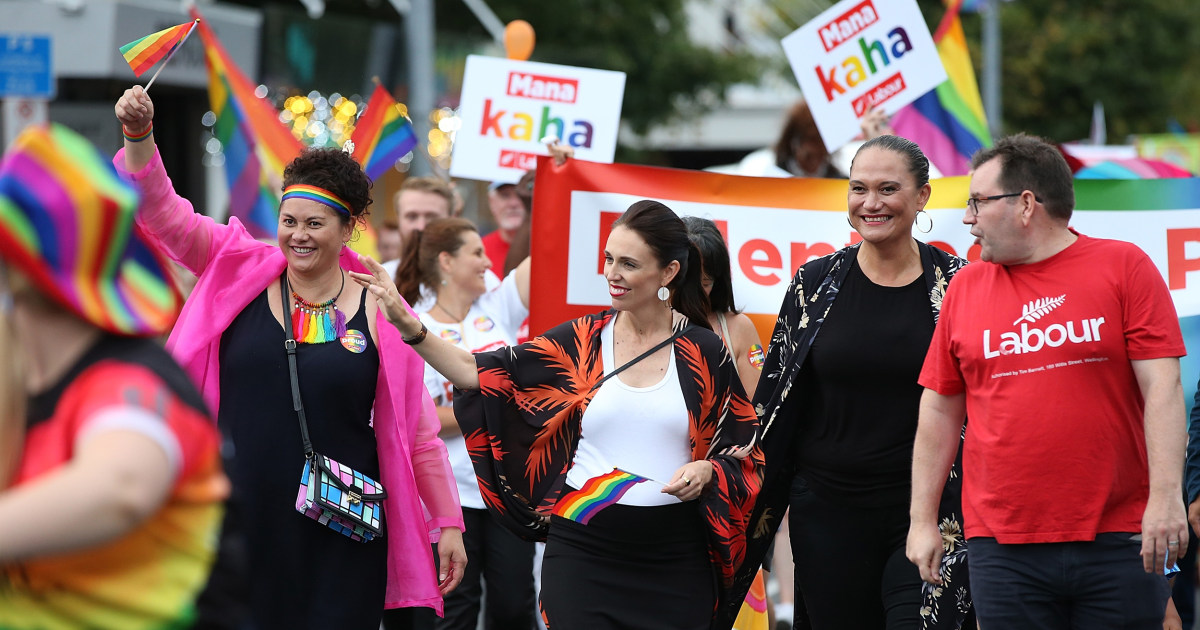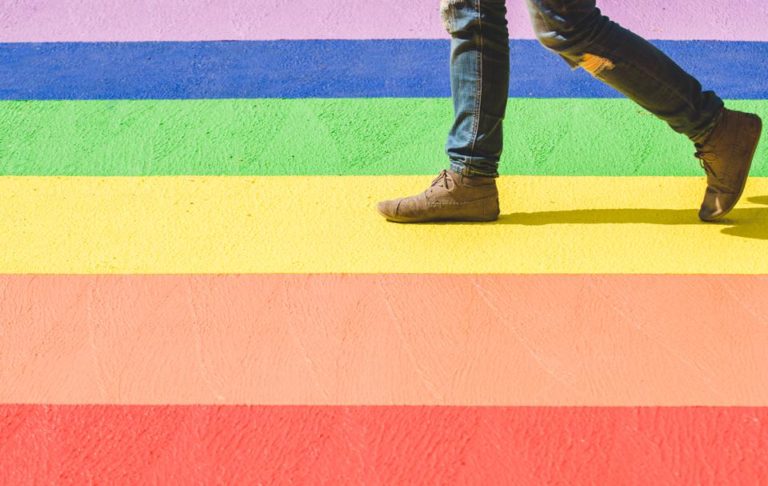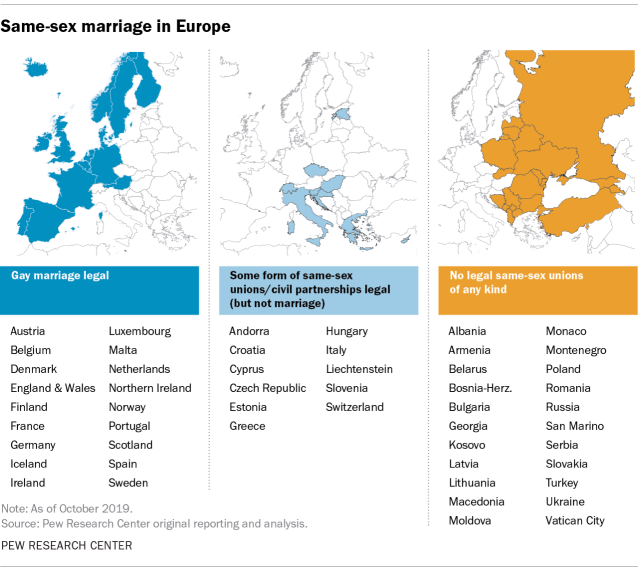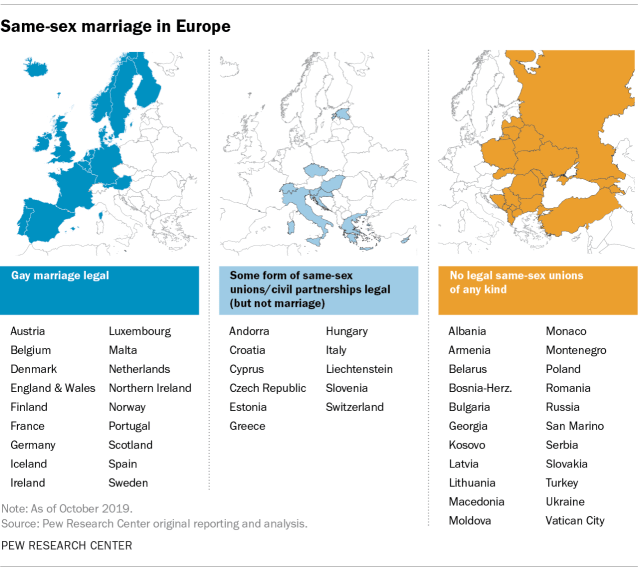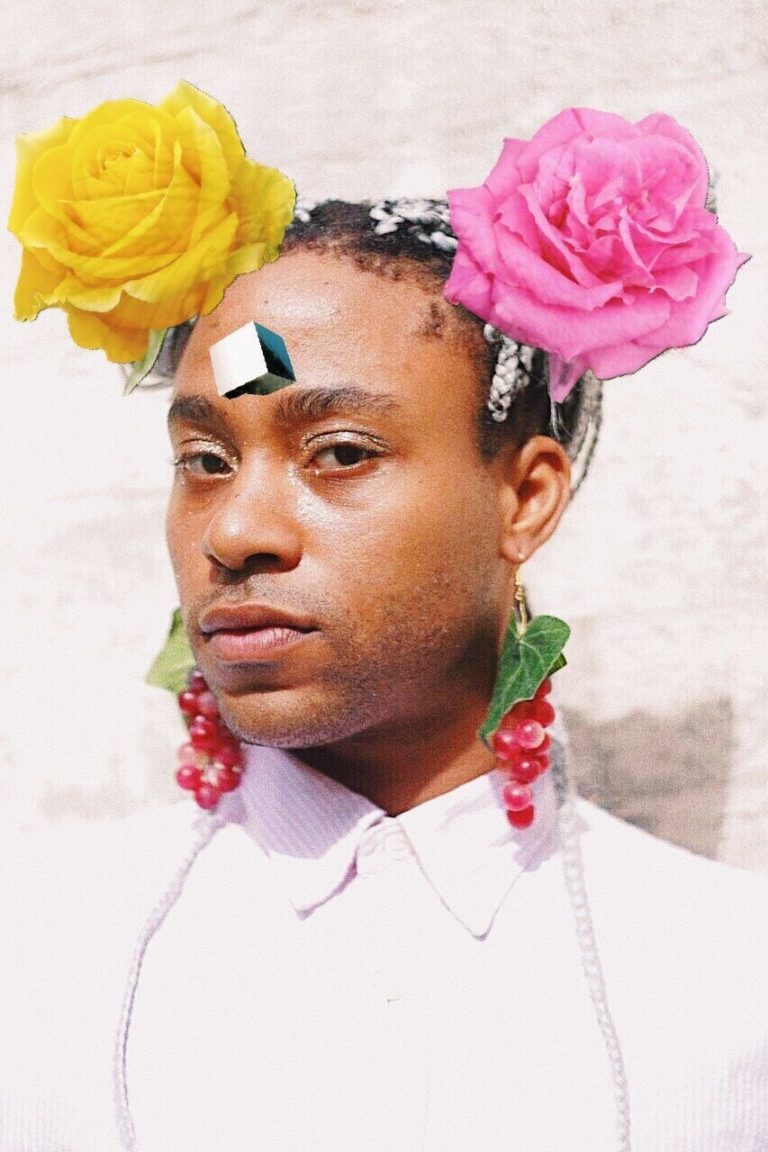It’s about this time in January that people start questioning their resolutions. Well, not if these local queer flat bellies have anything to say about it.
Photographer Russ Bowen-Youngblood visited seven of Atlanta’s gay-run and queer-friendly gyms to inspire you with their imagery, then we asked them for words of wisdom to motivate you to keep at it.
The photo essay below hosts the results as this year’s Q Fitness Issue cover story. Enjoy!
ARMOURBODY
Jeremy Ryan Allen
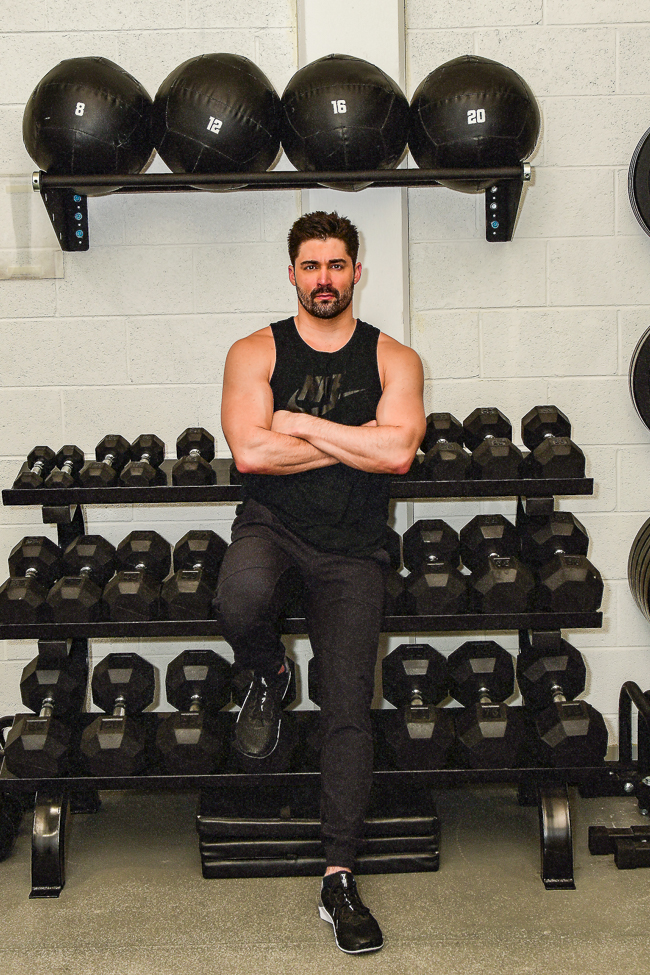
445 Plasamour Drive NE
404-414-5300 |armourbody.com|[email protected]
What sets your gym apart?
We are a small, personalized, strength training studio. I find it important to keep things intimate. Armourbody was built by wanting to give people a private personal training experience. This allows for teaching better direction with form and provides the atmosphere for anyone at any fitness level to be comfortable, which results in faster results as well as long-lasting commitment.
What’s your favorite part of going into work every day?
I’m very lucky that I get to wake up every day and do something I love. But at the end of the day, all businesses are built because of the people. I have the most amazing staff and members — truly, it is like a family.
What role does being/serving members of the LGBTQ-ATL play in your business?
I remember what it was like walking into a gym not knowing what to do. I wanted to build a home for people that could workout in a comfortable environment and learn in the process.
If you had to boil health and fitness into one tip, what would it be?
Consistency and habits lead to long lasting results. Set goals. If you haven’t worked out in a while, start with three days a week, or something you can achieve. Then do that for a couple months, then go to four days a week. Create the habit, see the results. Remember: if it doesn’t challenge you, it won’t change you.
Gravity Fitness
Aaron Pols
Ken Penvose
David Goldstein


2201 Faulkner Road
404-486-0506 |gravgymatlanta.com|[email protected]
What got you into the fitness industry?
My personal path in the fitness industry started with my own struggle to lose weight, get in shape, and build some confidence in those awkward teen years. The years of hard work in the gym paid off, exercise and diet grew into a passion I wanted to share with others.
My love for exercise and fitness motivated me to get an exercise physiology degree, which helped me start and build a personal training business. After a few years of personal training, I knew owning a gym was a dream of mine, so when the opportunity to purchase Gravity Fitness became a possibility, I knew I needed the right team to make it work.
Three “magic ingredients” that set your business apart.
Comfortable. Working out, sweating, lifting, pushing yourself, all these things are hard enough. The place where you work out should be comfortable.
Community. Getting the motivation to go the gym is difficult, but it’s easier when your gym is filled with friendly, familiar people with a common goal of self-improvement.
Hard Work. Nothing great was ever accomplished without it, and you can see the hard work our members put in every day.
What is your favorite part of going into work every day?
The people. We are lucky to work with a fantastic group of employees, trainers and most of all, members. Working in such a positive environment motivates me every day to be better. The self-improvement is contagious.
What is the one tip most exercisers need to hear the most?
The most important part of working out is consistency, preferably with a structured plan. The best workout you’ll have is the one that you wanted to skip. Dedication = Results. Most people want to make this more complicated than it is.
What role does serving the LGBTQ community play in your approach?
The gay gyms in Atlanta have always been a great place to be social and meet people in addition to getting in shape. Over the years, the demographics in all of intown Atlanta have changed, but Gravity is still a predominantly gay gym, and as new owners we’ve been targeting our former members to come back and check out the changes we’ve been making.
Gravity’s owners, trainers and members are now a mix of LGBTQ and straight and a great place to come for workouts and making new and old friends! When the gym has some of that social aspect, you’re more likely to come and have some fun and socialize along with your workout!
Anything else you’d like to say to our readers?
We are new owners, but we have each been associated with Gravity Fitness as either a trainer or member for 8+ years. We’ve made some pretty big changes and welcome you to come check things out for yourself. We offer a free three-day pass to come check us out at the times you’d be working out — we are never “too” crowded!
The Training Room ATL
Amber Goppert

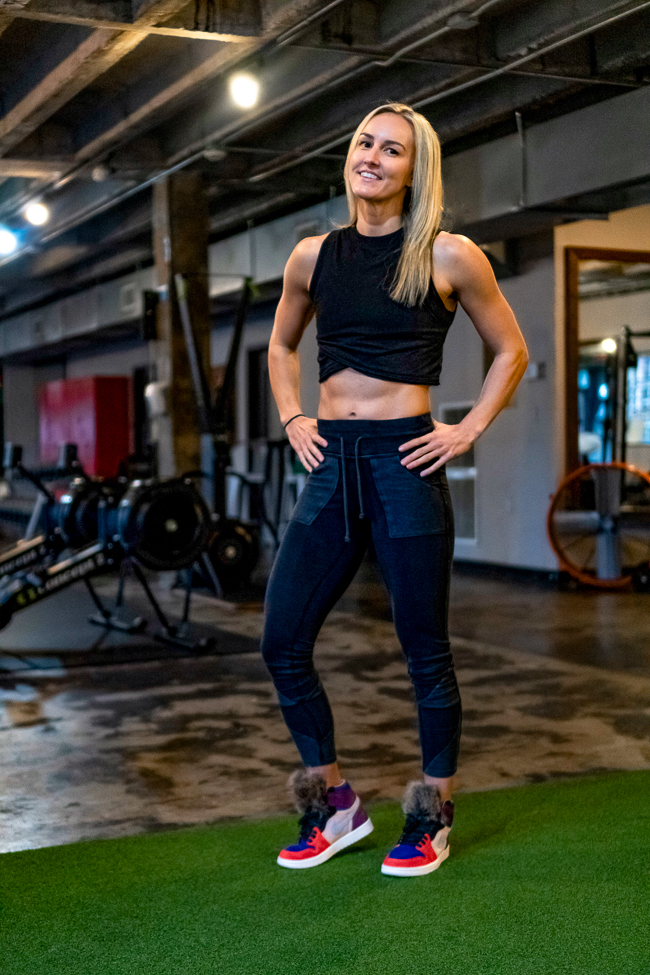
742 Ponce De Leon Place
404-333-3677 |thetrainingroomatl.com|[email protected]
What got you into the fitness industry?
I wanted a career that was incredibly rewarding and would allow continual growth. Being “well” as I call it, is absolutely life changing for someone. It impacts every aspect of their life. Being able to be a part of that is everything to me.
Three “magic ingredients” that set your business apart from others:
Integrity. We are constantly educating ourselves and evolving in order to provide the best programming and coaching for each member.
Community. The majority of reviews and compliments I received mention how wonderful our people are, both members and staff.
Empowerment. We believe in being the change. Be more, promise yourself to show up every day and do that. At TTR, we believe we are all catalysts for change, in and out of the gym.
What is your favorite part of going into work every day?
The people. At our gym, people don’t see colors, or sexuality, or wealth. They see people. We support one another and stand for something bigger than ourselves.
What role does the LGBTQ community play in your approach?
I’m a small business owner. Who happens to be a woman. Who happens to be a lesbian. There are people who would love to see me fail because of one, two, or three of these things. The fear of failure can be overwhelming, but when we harvest it for good we can channel that fear into something great.
This is why I wanted to create a space where people feel comfortable and safe being who they are and where they are in their journey. A no judgment zone, just a welcoming space for anyone of any background that wants to be a part of a positive community.
To me, being better involves giving back. Every year since the doors opened, we have held a “Fight For Pride” charity events to support local nonprofits.
What one tip would you say most exercisers need to hear the most?
We are all human. Everyone was once a beginner. We all started and likely re-started at some point. It’s OK to miss a day, to eat a brownie, and to sleep in, but don’t make it a habit, treat each day as a new day — one where you put yourself first.
My challenge to all of you is to show up, every day, with the best intentions. Get lost in helping others. Lend your voice to those who cannot find their own. Whatever you are passionate about, become an expert on the subject. Find a vice that isn’t harmful, one that pushes you to be better.
And of course, when you’re ready for the best sweat in town, drop in at TTR. You’ll be welcomed with open arms and your first class is always a gift from me to you.
BoxFit Fitness & Performance Studio
Janaya ‘Jai’ Davis

1880 Harvard Ave.,College Park
678-705-5275 | boxfitfitness.com
What did your boxing career teach you about life?
Most importantly, it taught me to never give up. In boxing, you can lose every round in the fight, but if you hang in there and throw the right punch at the right time, you can knock out your opponent and win the fight. Whenever I’m going through tough or challenging times, I just become more focused and determined.
What’s excuses do you hear from people about why they don’t work out or eat well?
The biggest excuse I hear from people is “I don’t have time.” My response is always presented in a question to provoke thinking. I ask them how many times they go out to a restaurant per week. Then I say the same time you spent dining out, going to the movies and waiting for a table adds up close to the recommended hours per week of working out to reduce your chances of having obesity-related diseases. They always agree with me after that.
What’s the key to sticking with a workout plan and healthy diet?
Consistency. You should pick set times and days in which you can commit to being there. Also being prepared to eat healthy when it’s time to eat, because if you wait until you are famished, you will more than likely grab the first thing available instead of searching for healthy options.
Where do you see yourself in 10 years?
I will have multiple gyms with programs designed to assist the most challenging clients to show them that there is hope and not to give up on themselves.
Urban Body Fitness
Radford Slough

500 Amsterdam Ave. NE
404-885-1499 |UrbanBodyFitness.com |[email protected]
Three “magic ingredients” that set your gym apart.
Customer service, towel service, and change — we listen to our clients as to what new “toys” they want.
What is your favorite part of going into work every day?
Seeing and talking to our clients.
If you had to keep fitness to one tip, what would it be?
Food intake matters as much as how hard you workout.
What role does being in/serving the LGBTQ community play in your gym?
We are about 50/50 gay/straight. We pride ourselves as being open to everyone who strives to improve their health.
What else?
Come by and try our free seven-day trial. See the difference for yourself. We don’t have a salesperson, so no one is going to keep calling you. Our gym and staff sell themselves.
Fitted 4 Fitness
Ralph Barber

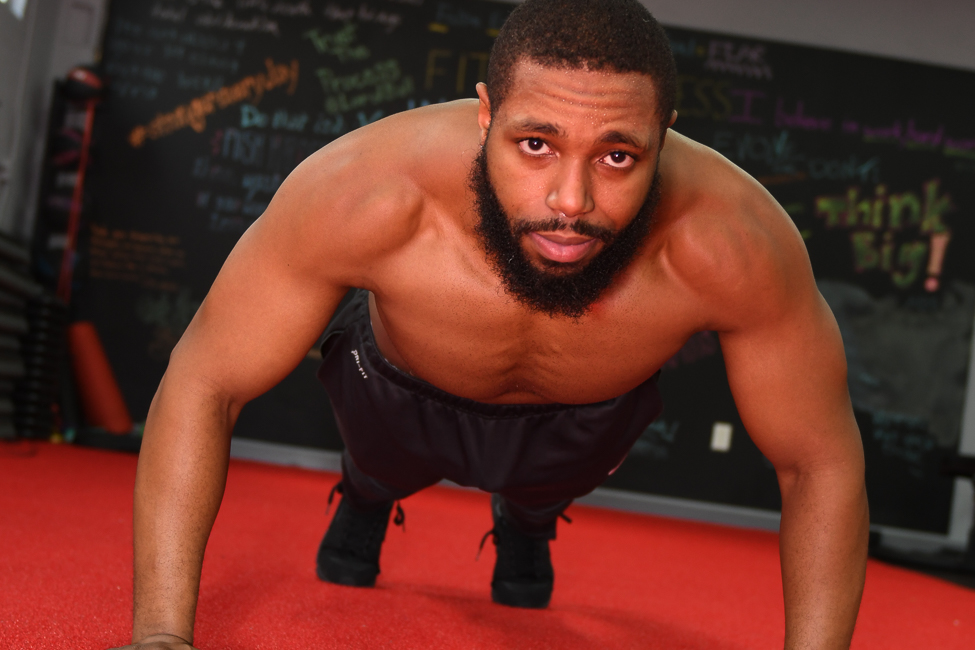

751 James P Brawley Drive NW
(612) 554-5731
fitted4fitness.com
What got you into the industry?
I got my B.A. in physical education and health along with a teaching license. I wanted to be a P.E. teacher and coach football, while also being an African-American male mentor toward single-parent homes. I came from a single-parent home. It was hard, but I feel with focus and determination, you still have an opportunity to be who you want to.
What motivated you to move on from managing a big box gym to opening your own gym?
One two-week pay period, I made $3,400. It was the most money I had ever made, and I was 24 years old. I also worked 120 hours for that. At that moment, I realized that if I put that much time into my own business, there’s no reason why I would fail. I quit that day and never looked back.
What’s the most important lesson you’ve learned?
What you put in is what you will get out.
What’s next for you and Fitted 4 Fitness?
I really want to establish a team while helping great entrepreneurial personal trainers succeed in their personal goals and dreams, because right now I’m living my dream running my gym.
Equilibrium Fitness
Bryan Castano
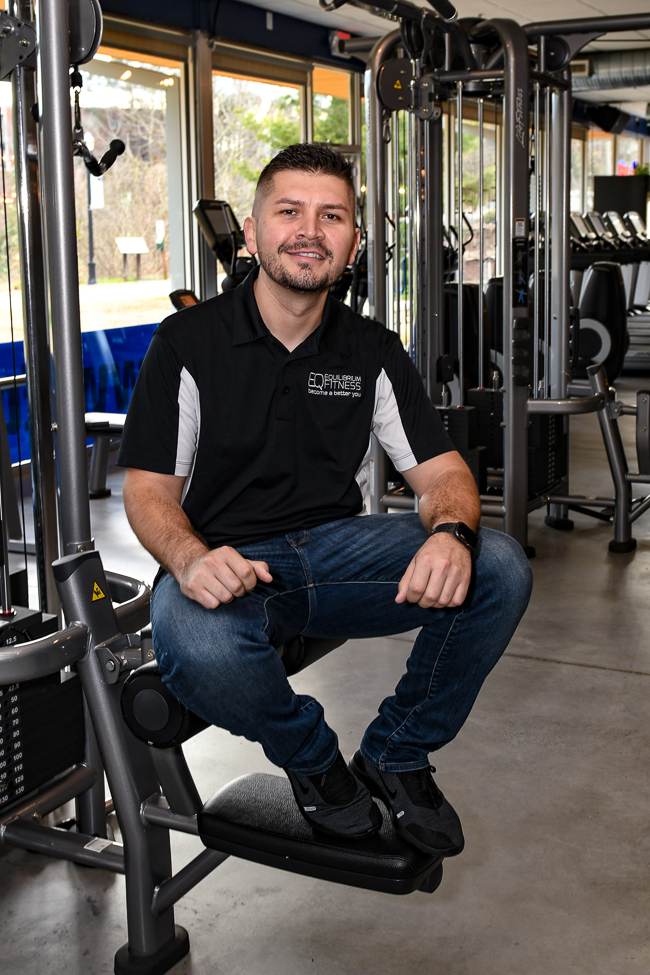
1529 Piedmont Ave. NE
404-304-4674 |EquilibriumFitnessATL.com|[email protected]
What got you into the fitness industry?
While pursuingmy own fitness goals, I noticed that I could help others along the way. I became certified and eventually became a personal trainer for the better part of 10 years.
Three adjectives that set your business apart.
Welcoming, Hospitable, Clean
What is your favorite part of going into work?
I have a fantastic team of individuals that are dedicated to our growth and success. We all come ready and dedicated to work for each and every one of our members and patrons. I enjoy knowing that we are doing our piece in the city to make it healthier and accepting for everyone.
What is your #1 Fitness Tip?
Patience is key! If you work hard, and it takes time and lots of effort, you will appreciate it more in the long term.
What role does being/serving the LGBTQ community play in your approach?
I love our LGBTQ community, and I do play an active role in it, but would I say I do things differently? No. I was raised to treat everyone the same and to treat everyone the way I would want to be treated. At Equilibrium, we are all about acceptance and learning to become better versions of ourselves. That is why our tagline is “Become A Better You.”
Anything else you’d like to say to our readers?
The gym industry can be a very intimidating place for many new people who may have never stepped into a gym. At Equilibrium, we are all about making you feel welcome. Everyone, no matter how fit or athletic they may be today, had a “First Day” in a gym at some point. Let 2020 be your “First Day” with us!
All photos by Russ Bowen-Youngblood for Q except Amber Goppoert. Those photos courtesy The Training Room.
This feature originally appeared in Q magazine. Read the full issue online here:
Pick up a new edition of Q every week at queer and LGBTQ-friendly venues around town, and find back-issues in our archives here.
